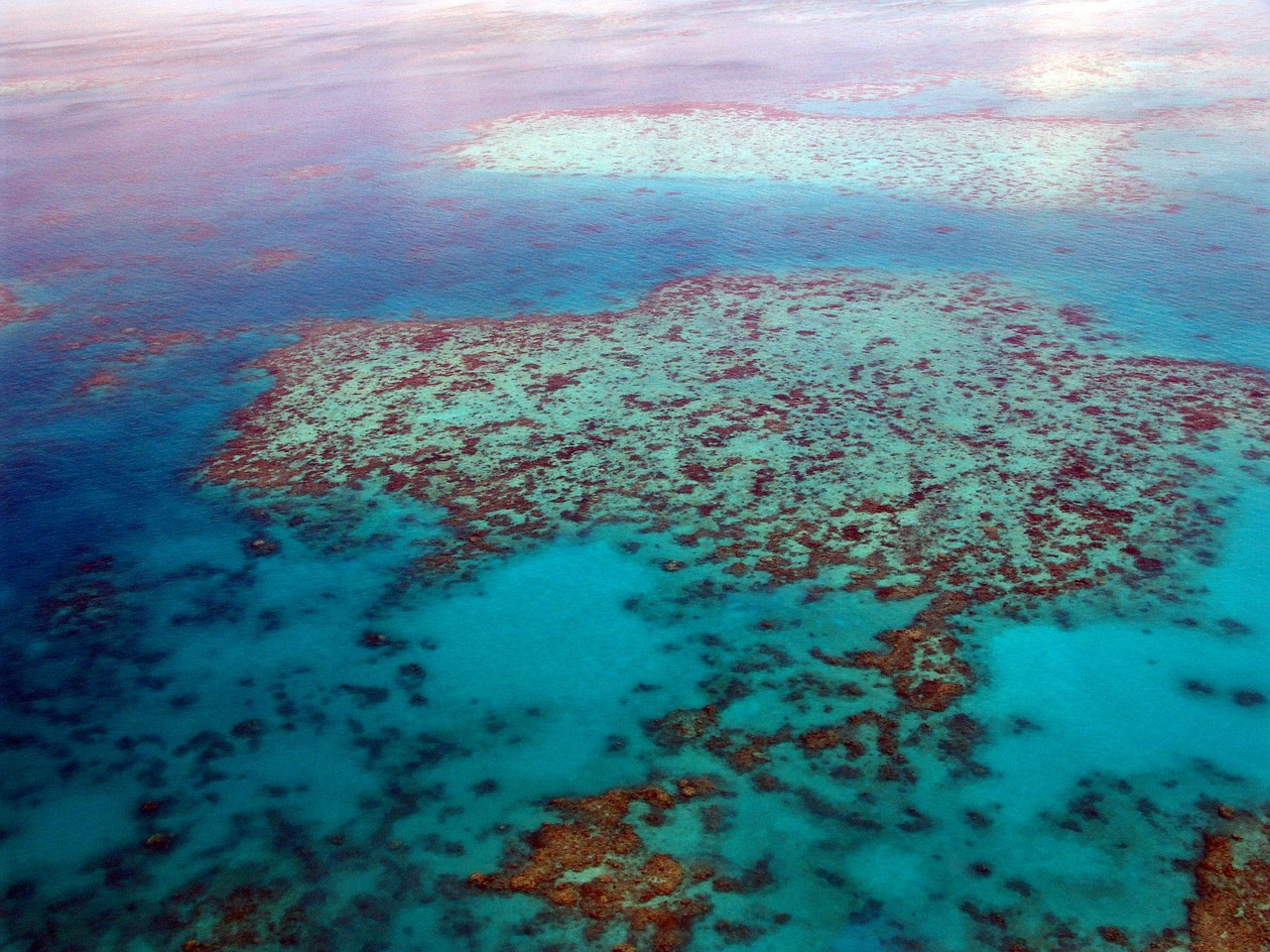Nature is full of wonders that are amazed. From large mountains and deep oceans to small insects and flowers, nature is a fascinating place to explore.
With so many possibilities it is difficult to select the 7 natural wonders that we will see in this article, since all are amazing places that show us the beauty and diversity of the natural world.
The 7 wonders of nature that we want to show you are:
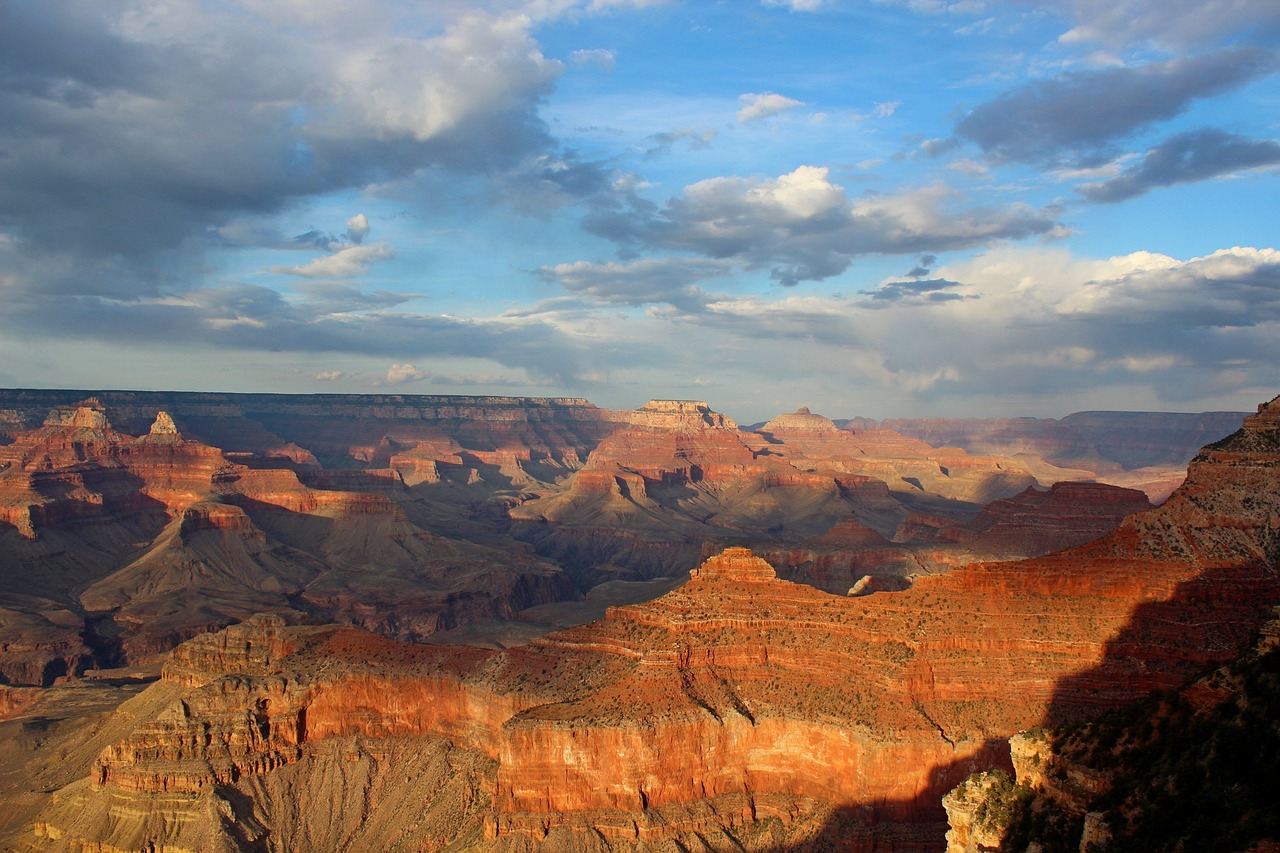
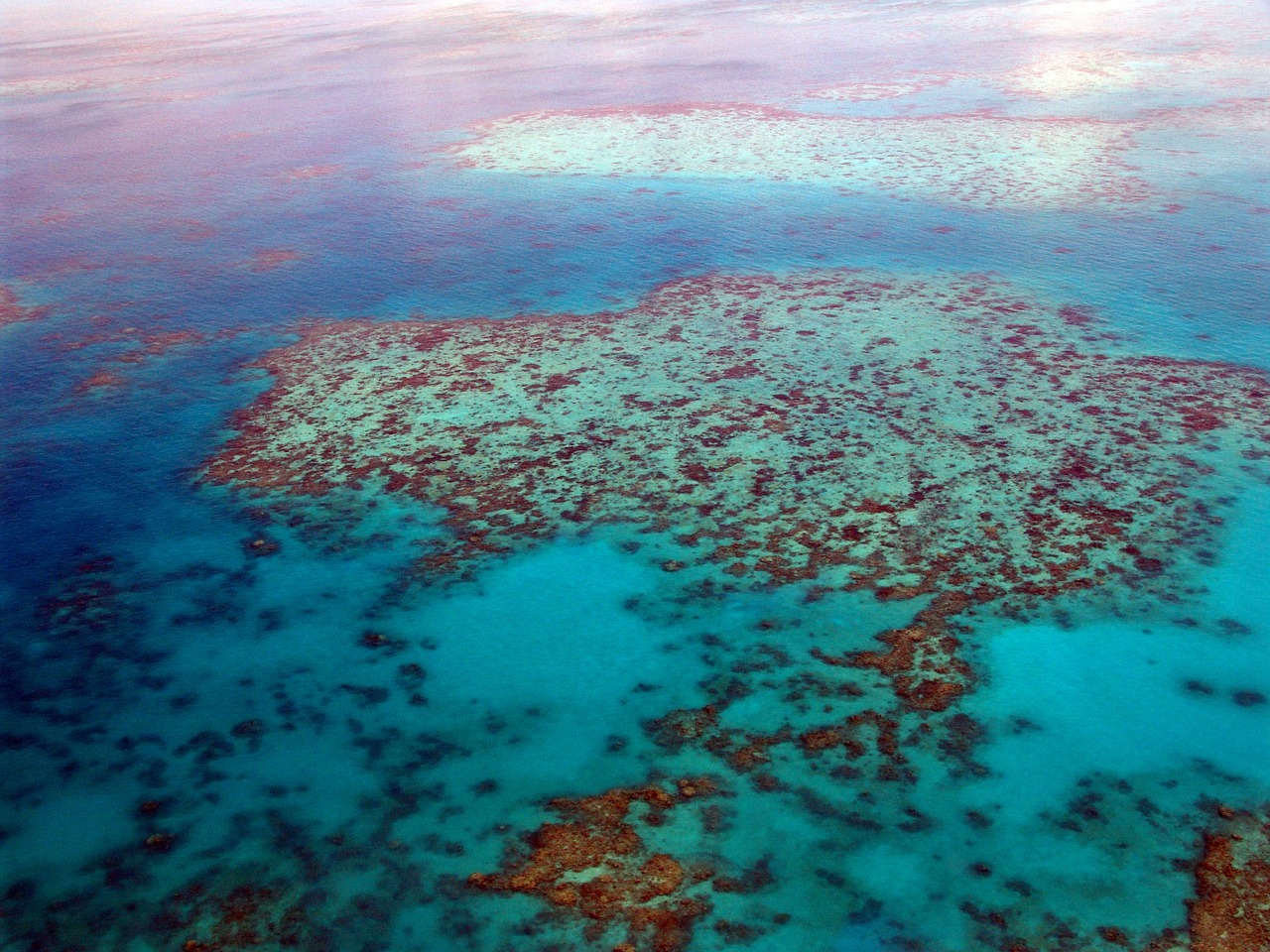
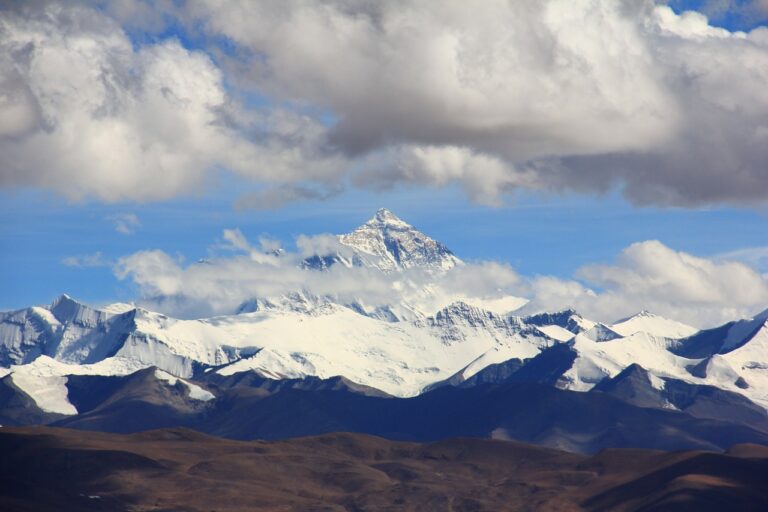
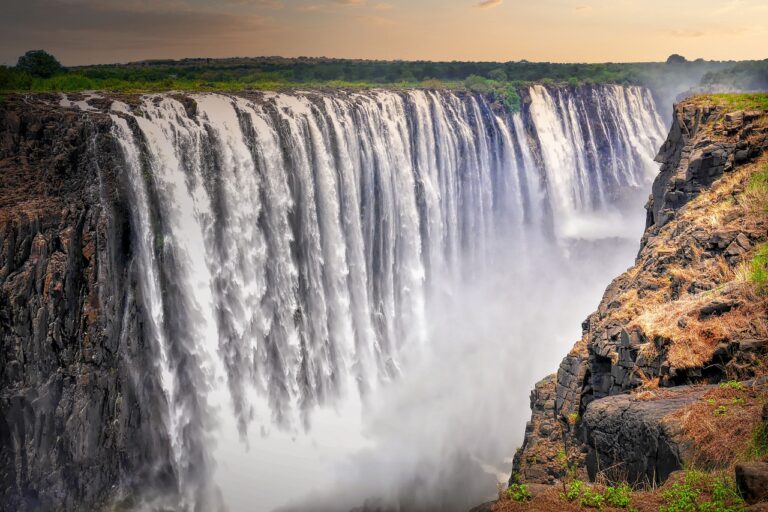
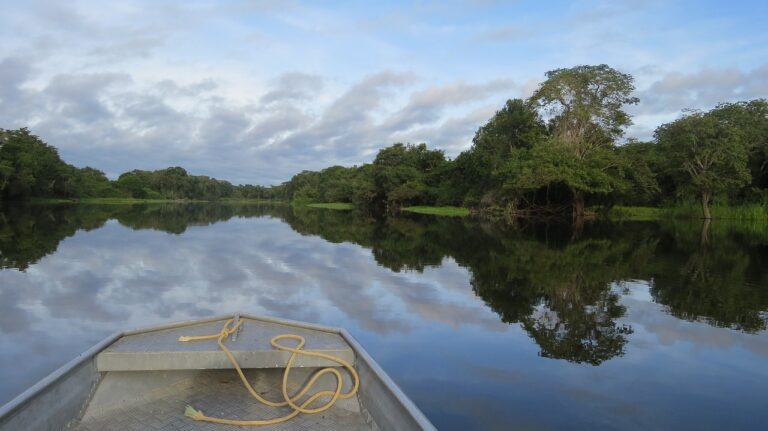
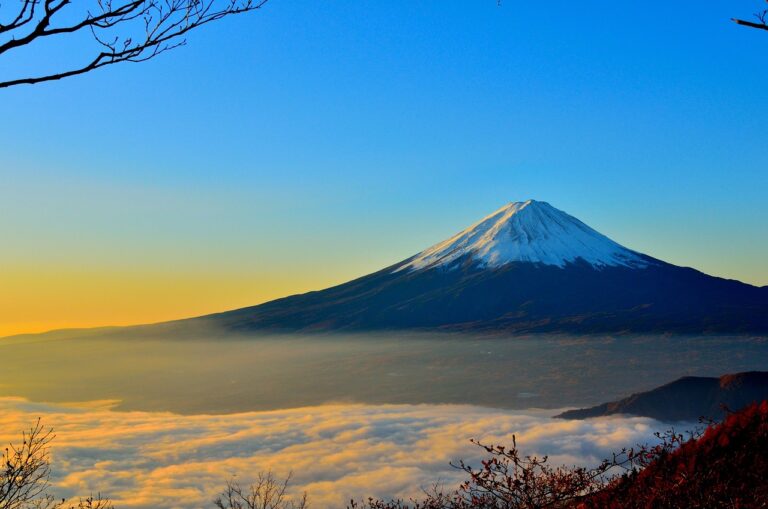
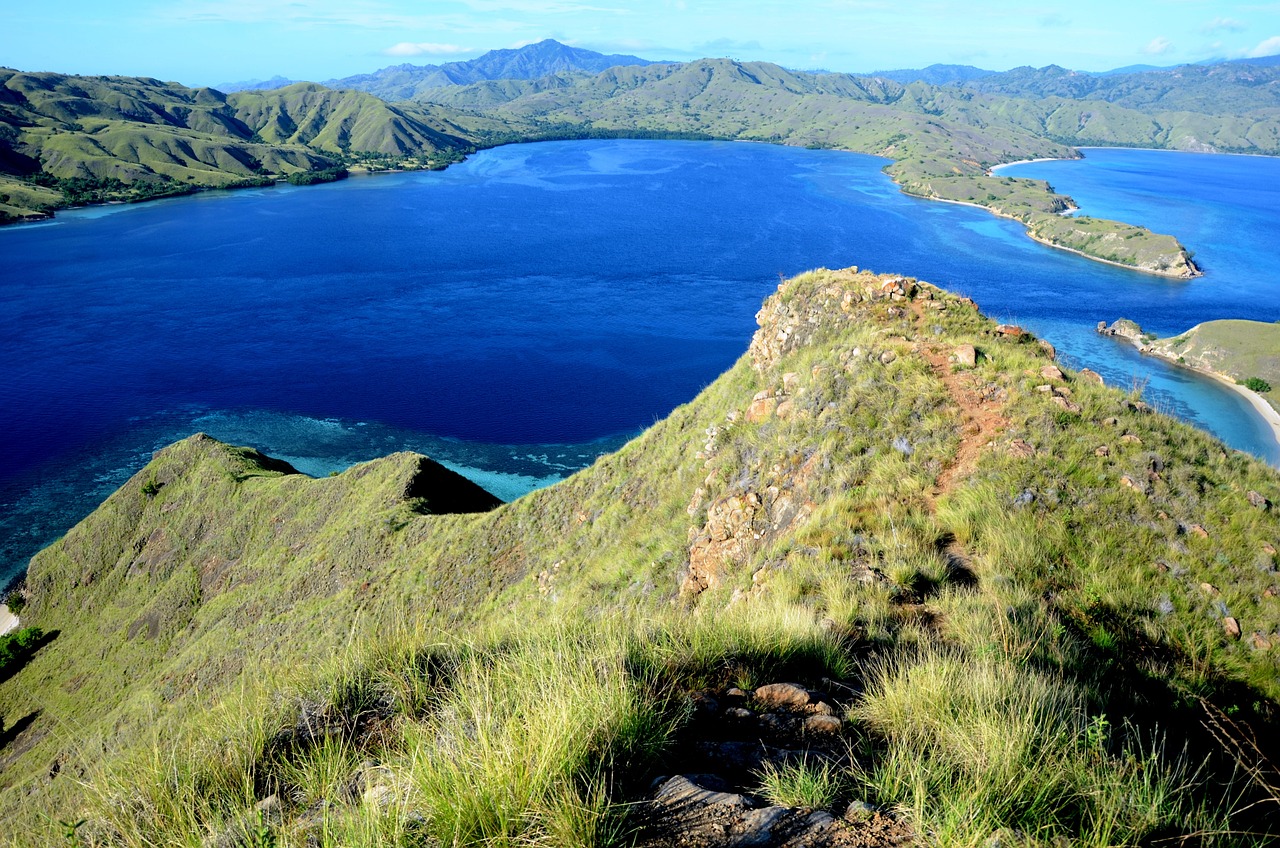
7 Wonders of Nature
- The Grand Canyon: It is one of the most impressive natural wonders in the world. It is located in the state of Arizona, United States, and is the result of millions of erosion years of the Colorado River. The Grand Canyon has an average depth of 1,800 meters and a width of 29 kilometers.
- The great coral barrier: it is the largest coral reef in the world and the largest living organism on the planet. It is located in the Pacific Ocean, off the coast of Australia, and has a length of 2,300 kilometers. The great coral barrier is home to a great diversity of marine life, including fish, corals, molluscs and marine mammals.
- Mount Everest: It is the highest mountain in the world, with a height of 8,848 meters. It is located in the Himalayas mountain range, on the border between Nepal and China. Mount Everest is a popular destination for mountaineers around the world.
- Victoria Cataracts are the largest cataracts in the world in terms of water volume. They are located on the Zambeze River, on the border between Zambia and Zimbabue. Victoria cataracts have a width of 1.7 kilometers and a height of 108 meters.
- The Amazon: It is the largest tropical jungle in the world. It is located in South America and covers the territories of nine countries: Brazil, Peru, Colombia, Venezuela, Ecuador, Bolivia, Guyana, Surinam and French Guayana. The Amazon is home to a great diversity of plant and animal life, including trees, plants, insects, fish, mammals and reptiles.
- Mount Fuji: It is the highest volcano in Japan, with a height of 3,776 meters. It is located on the island of Honshu, in the prefecture of Shizuoka. Mount Fuji is a symbol of Japan and is a popular destination for hikers.
- The Komodo National Park: it is a national park located in Indonesia, in the islands of Komodo, Rinca and Padar, as well as in 29 smaller islands. The park was founded in 1980 to protect Komodo's dragon, a kind of giant lizard that is only in these islands. The park is a place of great natural beauty, with spectacular landscapes, including tropical jungles, white sand beaches and crystalline waters.
A little history
Each of these wonders has a unique history and culture.
The Grand Canyon is a sacred place for Native Americans, who consider it a place of birth and a place of power. The great coral barrier is an important place for Maori culture, which considers it a place of great beauty and spiritual meaning.
Mount Everest is a symbol of the conquest and challenge, and is an important place for Tibetan culture.
Victoria cataracts are a symbol of the force of nature and are an important place for Zulu culture.
The Amazon is an important place for indigenous culture, which has lived in the region for thousands of years.
Mount Fuji is a symbol of the natural beauty of Japan and is an important place for the Tinto culture. The Komodo National Park was founded in 1980 and has an area of 1,733 square kilometers is a sanctuary for the Komodo dragon, a species that houses more than 1,700 copies.
Environmental impact
The 7 natural locations are also important to the environment. The Grand Canyon is a home for a great diversity of plants and animals, and helps to regulate the local climate. The great coral barrier is an important carbon sink and helps protect the Australian coast from floods. Mount Everest is a fresh water source for millions of people in southern Asia. Victoria cataracts are an important habitat for fish and other aquatic animals. The Amazon is an important lung of the planet and helps regulate the global climate. Mount Fuji is an active volcano that although it can cause rashes and other natural disasters, also has its own ecosystem to protect. Komodo National Park is an important place of biodiversity, with a wide variety of plants and animals, including other reptiles, birds, mammals and fish.
Protection and conservation
As unfortunately happens to most natural locations, they are threatened by a series of factors, including climate change, pollution and uncontrolled tourism.
Climate change is causing the increase in sea level, which threatens the coastal areas of the Great Barrier of Coral and Victoria Falls. Contamination is affecting the quality of water and air in the Amazon and the Grand Canyon. Unconcentrician tourism can cause damage to the infrastructure and the ecosystems of natural wonders such as Everest that is currently a stercolero due to the infinity of expeditions that reach it every year.
It is important to take measures to protect and conserve these natural wonders. These measures may include:
- Reduce greenhouse gas emissions to combat climate change.
- Reduce water and air pollution.
- Especially control tourism to protect ecosystems.
There are countless places that we can consider wonders of nature, all of them are a legacy for humanity. It is our responsibility to protect them so that future generations can enjoy them.
















